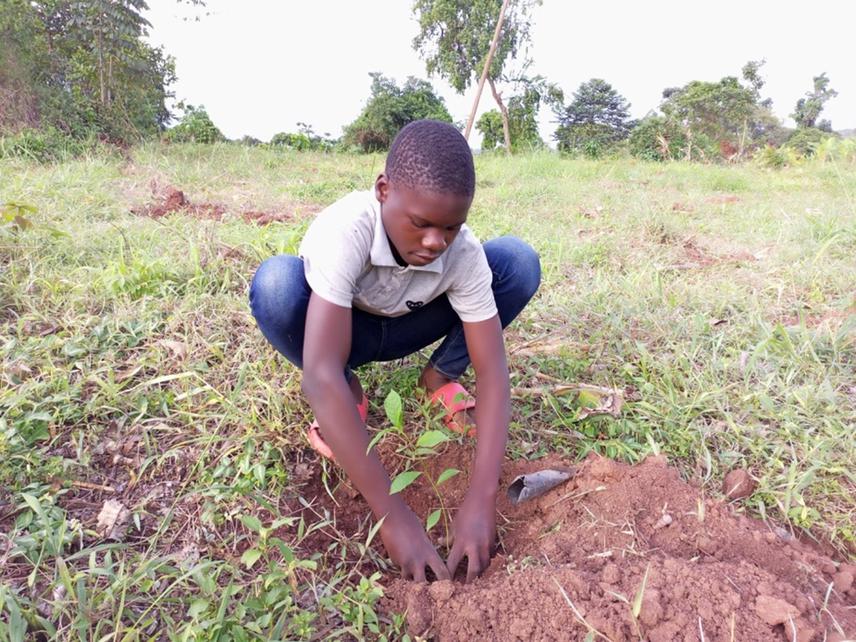Jjemba Bonny
Other projects
24 Sep 2020
Farmer-Managed Natural Regeneration for Restoring and Keeping a Maximum Level of Biodiversity on Farmlands of Gogonya Village, Mubende District, Uganda
4 Apr 2024
Integrating Farmer Managed Natural Regeneration With Rocket Lorena Stoves to Improve Forest Conservation in Kitenga Sub-County, Mubende District, Uganda
This project is aimed at addressing gaps identified during our 1st Rufford Small Grant Project on farmer-managed natural regeneration. During our first project, we found-out that some farms could not be restored by farmer-managed natural regeneration alone due to insufficient natural regeneration. In addition to that, most of the farms selected for restoration had few tree species of ecological importance and socio-economic value to the local community. This prompted us to look for alternative methods that can be integrated with farmer-managed natural regeneration to ensure effective restoration of farmlands in Gogonya Village. Among the methods identified, enrichment planting was the most suitable for this cause.

A boy planting a tree seedling of Terminalia superba on a degraded farmland in Gogonya village. © Bonny Jjemba, 2022.
’Enrichment planting can be defined as the introduction of valuable tree species to degraded forests without the elimination of valuable individuals already present’ (Montagnini et al. 1997). This method is appropriate where natural regeneration is insufficient (Adjers et al. 1995). It facilitates the recovery of forest fragments and plays a critical role in biodiversity conservation at the landscape level (Mangueira et al. 2017). Therefore, the overall aim of this project is to supplement farmer-managed natural regeneration with enrichment planting to ensure effective restoration of biodiversity on farmlands of Gogonya village.
Through enrichment planting, we are going to introduce 2 native tree species at risk of extinction i.e., Khaya anthotheca and Prunus africana, and 3 native species of multipurpose trees in Gogonya Village. The planting of threatened tree species is intended to increase the population of tree species that are declining in the wild, while planting of multipurpose tree species is intended to generate tree products to farmers in the near future and reduce pressure on natural forests. Enrichment planting is going to be done by using tree seedlings raised in a community tree nursery and 7000 trees will be planted within a period of 16 months. Besides enrichment planting, we are also going to train farmers in appropriate agroforestry techniques to improve their skills in management of trees on farms. The trainings are going to be conducted in form of demonstrations in the field.
At the end of this project, we are going to generate information that will act as a baseline in the implementation of future projects on farmer-managed natural regeneration on degraded farmlands. In the long run, this work is going to contribute to the Aichi Target 7 of the Convention on Biological Diversity which emphasizes sustainable management of land under agriculture, forestry and aquaculture.
Header: Seedlings of Prunus africana in the nursery © by Jjemba (November 2022).